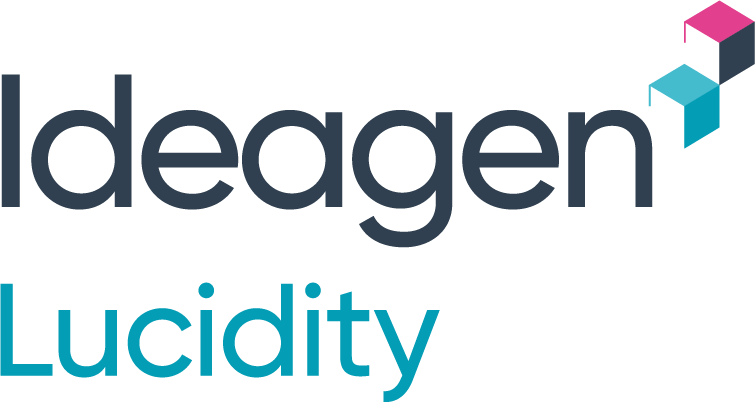The energy industry is on the brink of a major transformation. As we look forward to what it’s going to take to power a bright future for the country, strong HSEQ practices will play an increasingly important role in setting energy companies up for success.
Our experience as the #1 HSEQ software provider to the renewables sector has given us an insight into the upcoming HSEQ challenges the sector will face. Here are 3 of our top considerations for your future planning:
1. Workforces will be more remote than ever before
The pandemic has started to shine a light on the future of remote working for office work. But as we look to unlock more of the energy potential contained in our enormous country, our field workers are going to be heading even further away from head office.
Large-scale solar, wind and other energy forms don’t happen on the borders of our cities and, on the whole, operate without the need for the huge onsite workforce that we’ve seen in more traditional energy production. However, that doesn’t mean they don’t need to stay connected with the rest of the team. From maintenance inspections to incident reporting, there is the need to stay on top of what is happening on site and use this information to immediately shape and inform other business operations.
This is where your HSEQ system comes into play. Remote workforces present a true challenge for non-integrated, real-time HSEQ management systems. Capturing data on-site and then relying on manual systems to get that information back to head office is outdated. The latest data can be significantly delayed or even go missing, which means that HSEQ management teams are essentially flying blind with little oversight of on-ground activities and risk management.
With a cloud-based system that is set up for remote working - such as Lucidity’s integrated modular software - workers on the ground can enter the latest, real-time data straight into the software giving decision makers as much information as if they were there on the ground too. And if they are out of reach from mobile signals, the system simply captures the data and automatically uploads it into the cloud when their phone reconnects. Easy!
Would you like to empower and connect your field workers with digital forms?
2. Managing a transitioning workforce
While the expertise from today will be invaluable as we move towards the energy of tomorrow, the roles that individuals complete in the workforce are going to experience quite a shift.
The implementation of new technology is going to put a heavy burden on training as businesses look to support workforces as they migrate into their future roles. The ability to store training records, determine training needs and deliver e-learning content will be central to any truly integrated HSEQ solution.
By managing the process and delivery of upskilling, you can ensure that not only do your staff have the skills for their roles, but also ensuring that they have the knowledge to keep themselves, their colleagues and your company safe.
Is your Learning Management System up to the task?
3. Predicting the future
How would you describe your incident management processes internally? Are you spending more time looking through the rear-view mirror at incidents of the past? Or are you using lead indicator data to look straight ahead and potentially prevent incidents before they happen?
The introduction of business intelligence software is placing HSEQ teams in the best position they’ve ever been to prevent accidents and injury. Pulling together a wide range of safety and business data to use as a predictor of what could happen in the future and implementing protocols to prevent impending issues.
But the ability of HSEQ teams to successfully make these predictions relies on one thing . . . the quality of the data the system captures. If workforces are unengaged with safety platforms, then chances are the system will be missing crucial data that help you proactively prevent an incident.
Keeping employees engaged is easy when the HSEQ system and culture are aligned, this is only possible if you have a customisable software solution. The system can be set up to reflect the organisational structure, language and business processes.
High engagement means teams on the ground receive a productivity boost by streamlining their HSEQ requirements, and it gives significant value to decision makers as clean, rich and complete datasets can be used to predict the future and keep workers safe.
--
How does your HSEQ solution stack up? Are you ready for the future?
Lucidity Software has been designed to simply integrate business data to support better HSEQ decision making, setting your business up to reach its full potential. Want to know more about how we can help you simplify your HSEQ? Book a free demo now.



